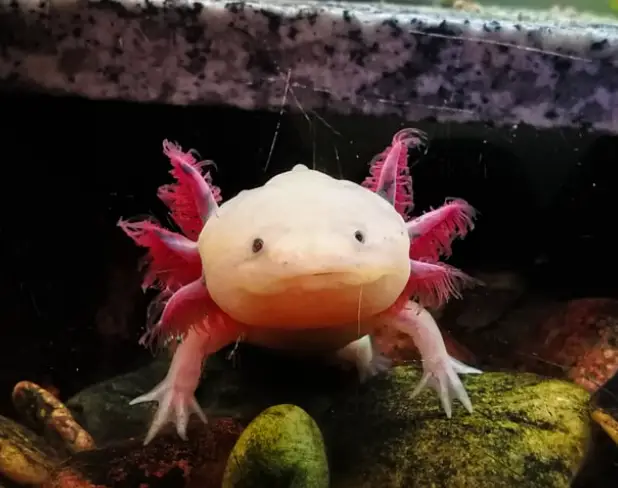Taking care of an axolotl is a beautiful experience full of colorful views and serene moments. Like any other pets, hatchlings require utmost care and attention for them to thrive in their environment. However, even with the best care, bacterial infections can occur in an axolotl tank, causing significant harm and even death. In this article, we’ll explore several ways to prevent bacterial infections in an axolotl tank. Let’s dive in.
Maintain water quality
Maintaining the right water quality is fundamental in creating a healthy and safe environment for your axolotl. Poor water quality can lead to the accumulation of bacteria in the tank, causing bacterial infections in your axolotl.
Axolotls are sensitive creatures that require specific water parameters for them to thrive. Their optimal pH ranges from 6.5 to 7.5, while the temperature should be between 60-70°F. Ammonia, nitrite, and nitrate levels should also be kept in check to prevent the buildup of harmful toxins in your axolotl’s environment.
To maintain the right water quality, tank filters can be used to absorb toxins and establish a beneficial bacteria colony in the tank. Water can be replaced partially every week to remove excess toxins and excess ammonia in the environment. The filtration system can also be cleaned regularly to prevent buildup of bacteria.
Clean the tank regularly
Axolotls produce significant waste that accumulates in their tanks over time. This buildup can attract bacteria that can cause infections in your axolotl’s skin and gills. To prevent this, regular tank cleaning is necessary.
Cleaning the tank involves removing any excess food and waste to reduce the buildup of excess ammonia and nitrite levels. It also involves scrubbing the sides of the tank and removing algae that can harbor bacteria.
When cleaning, it’s important to avoid using soap or other chemicals as they can cause harm to your axolotl. A simple water change and tank scrubbing once a week can go a long way in preventing bacterial infections.
Quarantine new axolotls
Axolotls can introduce bacteria to the tank, leading to the spread of infections to other pets. When introducing a new axolotl to your tank, it’s essential to quarantine them for some time before integrating them into the main tank.
Quarantine time may differ, but a month is a good timeframe to observe any signs of sickness in the new axolotl. The new axolotl should also be assessed for any parasites or other health conditions that could harm your existing pets. This action could prevent the spread of diseases to your existing pets and prevent bacterial infections.
Avoid overcrowding
Axolotls are territorial creatures that require enough space for them to thrive. Overcrowding can create stress in your axolotls, leading to weakened immune systems and increased susceptibility to bacterial infections.
It’s recommended that axolotls should have at least 10 gallons of water per individual, meaning that a 30-gallon tank can accommodate up to three axolotls. Keeping only the number of axolotls that can comfortably fit in the tank size can go a long way in preventing bacterial infections.
Use a quarantine tank for treatment
If your axolotl gets an infection, separating them from the rest is essential to prevent the spread of bacteria to other pets. A quarantine tank can be set up in a separate room, and the infected axolotl can be placed in there to receive proper medical care.
Medical treatment for bacterial infections can vary depending on the severity of the disease. Mild infections can be treated through changes in water conditions, while more severe infections require antibiotic treatment. Ensuring your axolotl’s water quality and maintaining their tank’s cleanliness is essential in preventing recurrent bacterial infections.
Provide a balanced diet
A balanced diet is essential in your axolotl’s health and resistance to bacterial infections. Axolotls require a high-protein diet, and their feeding frequency depends on their age and size.
For juvenile axolotls, feeding should be done at least twice per day, while adults can be fed once per day. Fresh, live, and high-quality food should be offered, as frozen and processed food can introduce bacteria into the axolotl tank, leading to infections.
Maintaining a balanced diet for your axolotl, including supplements, can ensure you build their immunity, reducing the susceptibility to bacterial infections.
Conclusion
Taking care of axolotls is a beautiful experience that requires commitment and utmost attention. By ensuring their water quality and cleanliness, avoiding overcrowding and providing proper nutrition, you can ensure your axolotl grows into a healthy and vibrant adult. Following these essential practices can prevent bacterial infections and protect your pets from harm.







